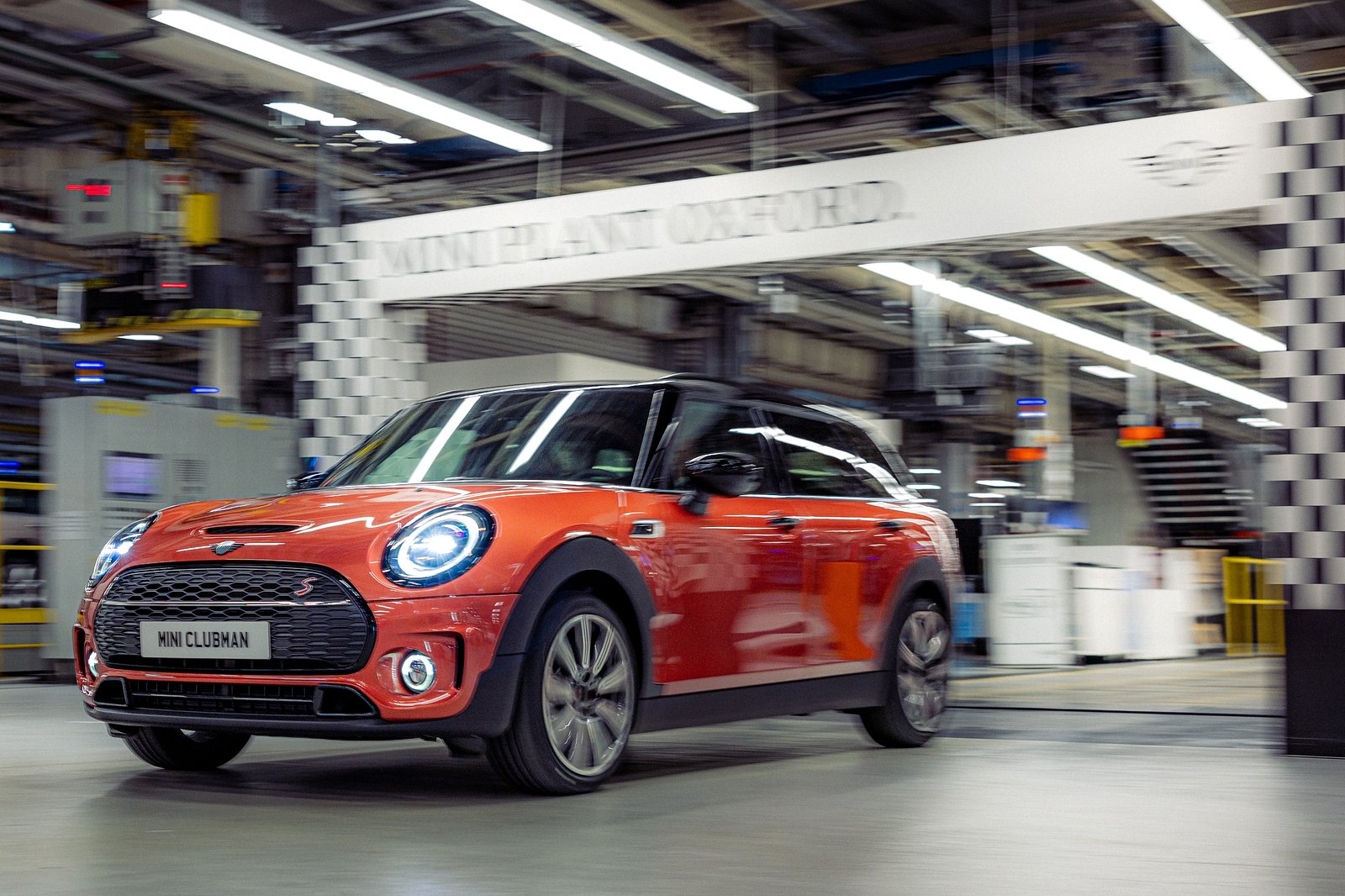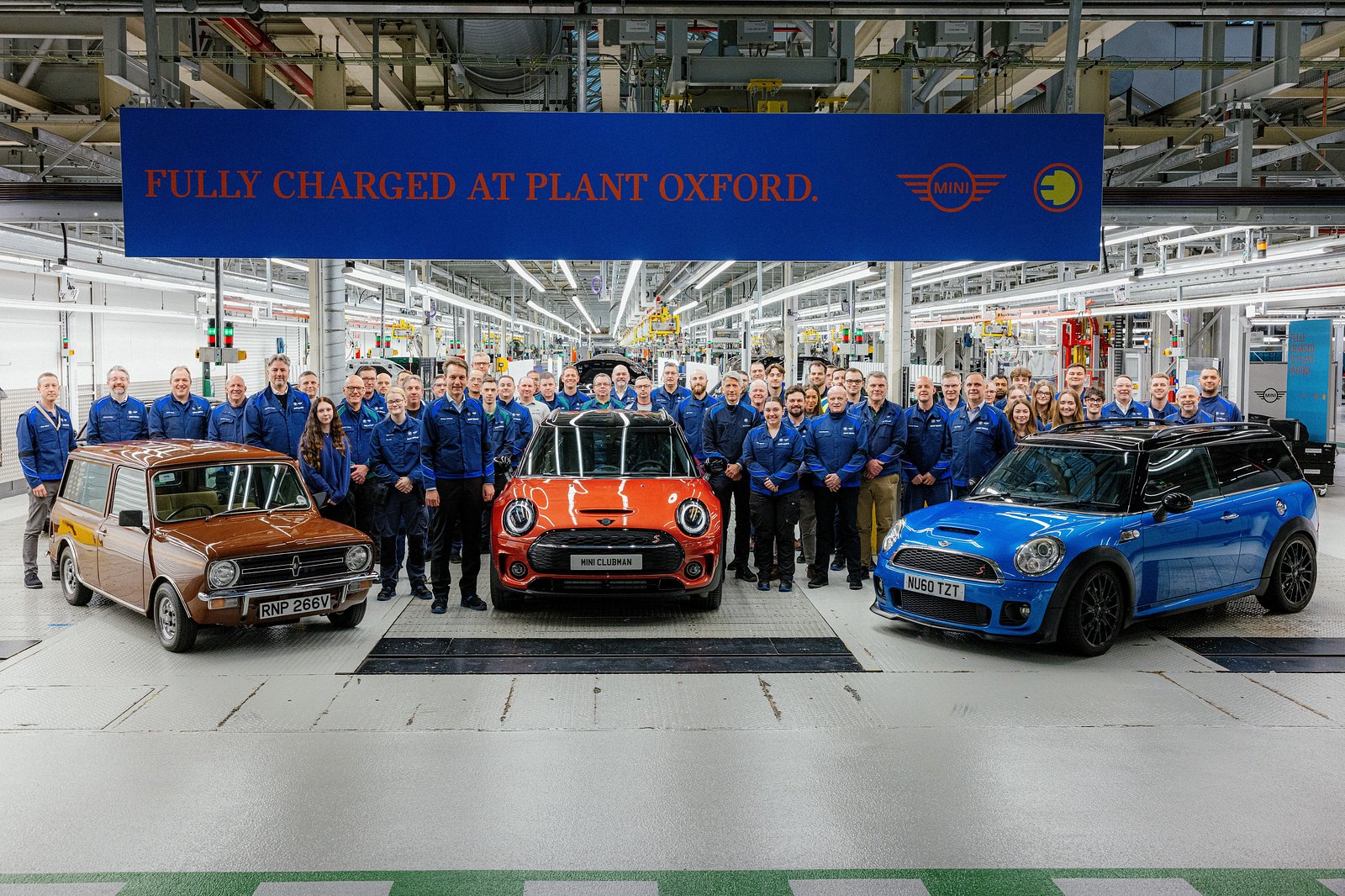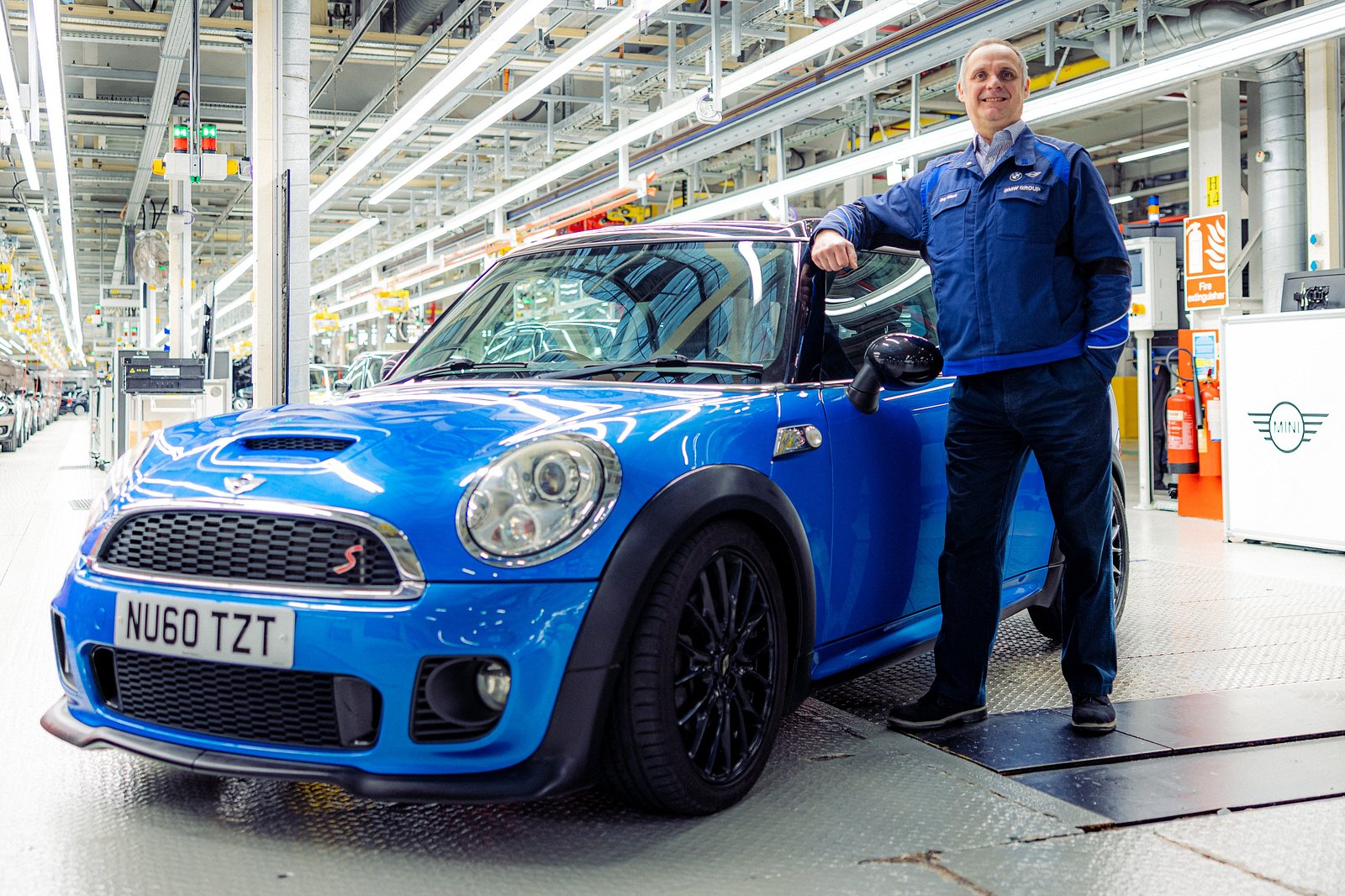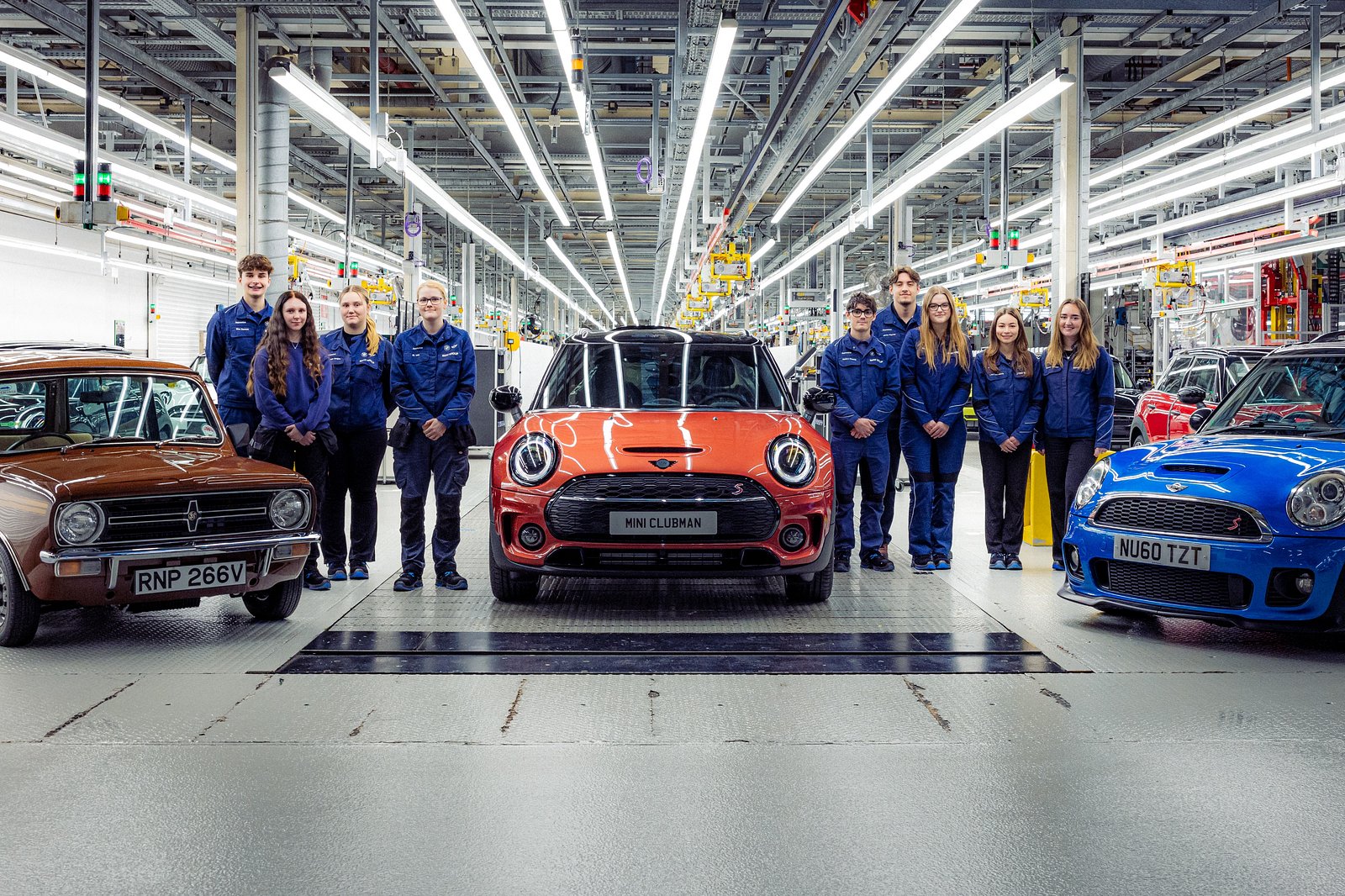Final Mini from Oxford Plant is Now Complete
Mini has officially discontinued the Clubman, their unique and compact wagon with unconventional split rear doors. After 55 years since its initial release, the brand, now owned by BMW, has bid farewell to this model.
Last year, news broke that the Clubman was set to be phased out without a replacement. Recent developments indicate that this remains true, as the car manufacturer has not announced an all-electric follow-up. With SUVs and crossovers reigning supreme in the automotive world (and dominating the sales charts), there is simply no room for compact wagons anymore.
Despite its long-standing popularity, the Clubman has not been overlooked as over 1.1 million units have been produced and sold in over 50 countries.
Mini has recently unveiled the brand new Countryman, available in both electric and traditional internal combustion engine versions, which is expected to attract customers who are interested in the Clubman model.




It’s important to keep in mind that an upcoming compact crossover known as the Aceman will also make its debut soon. It is expected to attract Clubman drivers looking to upgrade their cars in the future.
According to Dr. Markus Gruneisl, CEO of Plants Oxford and Swindon, “We are extremely pleased to have manufactured the Mini Clubman at our facilities for the past 18 years, serving customers globally.” He added, “As we bid farewell to this model, we eagerly anticipate the arrival of new MINI family members on our production lines in Oxford and Swindon. This includes a highly anticipated convertible model, which we are set to begin producing by the end of this year.”
The origins of the Clubman can be traced back to the 1960s, when BMC (the owner of Mini at that time) created the Traveller and Countryman station wagons. The term “Clubman” was initially used as a designation for the updated version of the old Mini, but BMW later adopted it as the official model name for the revived Mini wagon.



The release of the R55 generation in 2007 was met with disapproval due to its unconventional design and inadequate layout. While the side-exiting, rear-hinged door was suitable for left-hand drive countries like the USA where passengers could easily exit onto the pavement, Mini made no adjustments for right-hand drive markets. This resulted in passengers having to alight on the roadside, causing inconvenience especially for families with children. However, it should be noted that this was Mini’s initial attempt at a five-seater passenger vehicle, which was still noteworthy.
The following model of the Mini, known as the second generation, took on a more typical appearance. It was equipped with four regular doors and the unique feature of barn doors at the back, which technically amounted to a total of six doors for the wagon. Luckily, the uneven side door characteristic from the previous model was left behind. This new version brought about certain difficulties for Mini; they had to upgrade their manufacturing facilities to accommodate the production of the Clubman, while also implementing a new procedure for the split doors. Last year, in honor of the discontinued Countryman, Mini introduced the Final Edition, which was limited to just 1,969 units.








